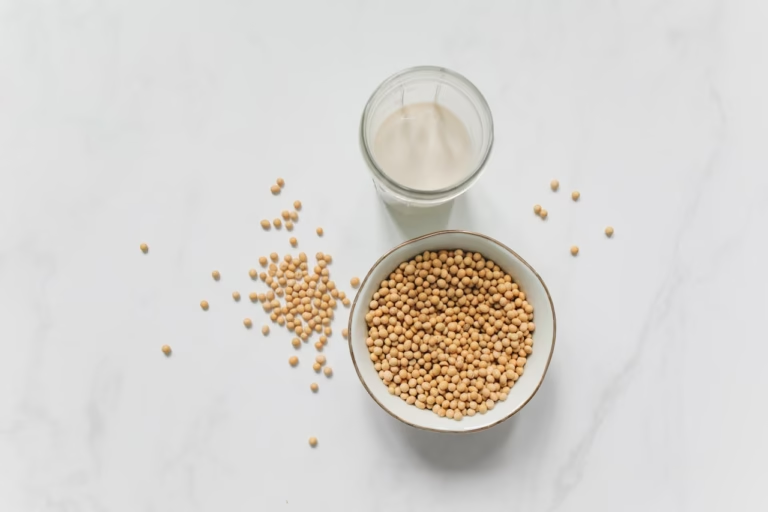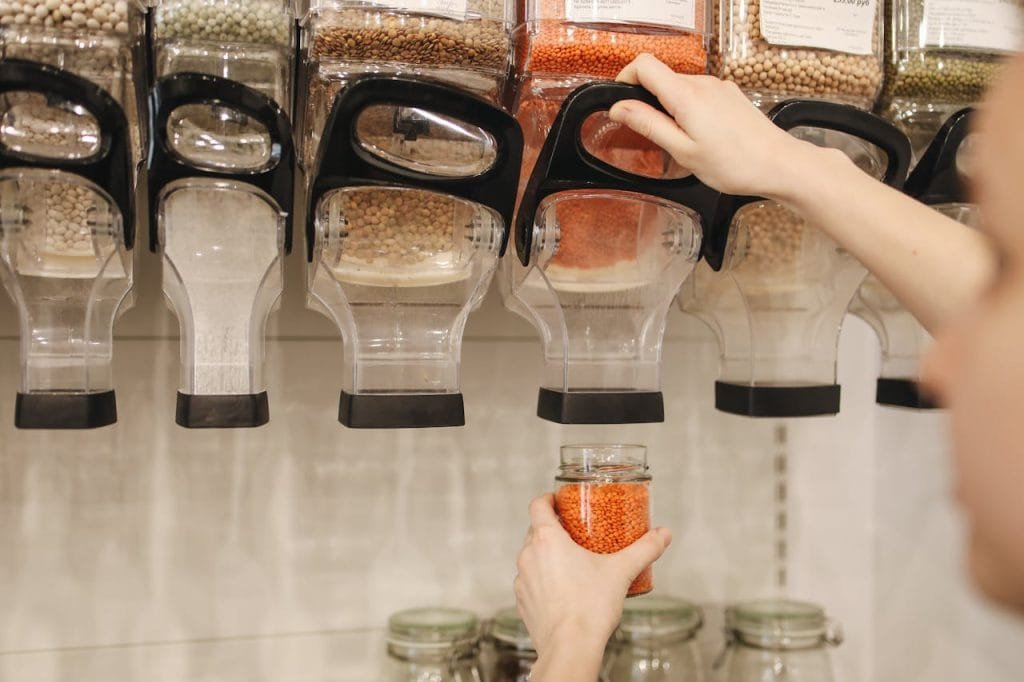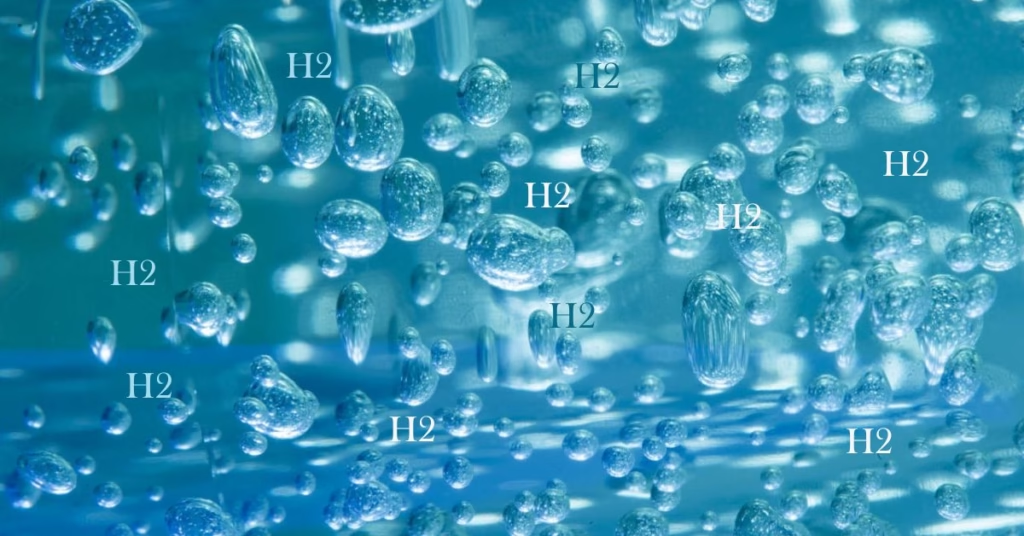In this article, we will compare protein, calories, fiber, glycemic index, and fat quality across legumes: chickpeas, lentils, black beans, and more, with data tables included.
What are legumes?
Legumes are a type of plant in the family Fabaceae (or Leguminosae) and are known for their fruit that grows in pods, which are technically seeds.
Key Characteristics of Legumes:
Pods: Legumes bear fruits that develop from their flowers and enclose the seeds in pods. When ripe, these pods may split open.
Nitrogen Fixation: They can fix atmospheric nitrogen thanks to a symbiotic relationship with bacteria in their root nodules. This attribute allows them to enrich the soil with nitrogen, making them beneficial for crop rotation and reducing the need for chemical fertilisers (very cool, right ?)(1).
Studies show that all legumes are healthy and good for us:
“Increasing legume intake is linked to significantly lower risks of heart disease, high blood pressure, stroke, and type 2 diabetes.”(2)
But is there any significant difference between eating chickpeas or peas, black beans or kidney beans? What are the best legumes for you and your diet? I have listed the six most popular legumes: chickpeas (Garbanzo beans), Lentils, Black beans, Kidney beans, Soybeans, and Peas, along with their nutritional value, vitamins and minerals, and glycemic index. With this information, you can decide witch legumes are the best for you and suit your dietary needs, putting you in control of your health.
Here are some benefits for individual legumes:
1. Chickpeas (Garbanzo Beans)
Nutrition: High in protein, fiber, folate, and iron.
Health Tips: Soaking and cooking chickpeas can help reduce phytic acid, which can interfere with mineral absorption.
Cooking Tips: Avoid using baking soda during cooking as it can reduce the nutrient content; instead, add kombu (a type of seaweed) to improve digestibility.
2. Lentils
Nutrition: Rich in protein, fiber, and folate. Excellent source of iron.
Health Tips:
Cooking Tips: Avoid overcooking, as it can lead to nutrient loss. Adding spices like turmeric can enhance antioxidant benefits.
3. Black Beans
Nutrition: Good protein, fibre, and antioxidant sources.
Health Tips: Soaking black beans before cooking can reduce cooking time and improve nutrient availability.
Cooking Tips: Cook with a piece of kombu to make black beans more digestible.
4. Kidney Beans
Nutrition: High in protein fiber, low in fat and antioxidants.
Health Tips: Always cook thoroughly to destroy the toxic lectin phytohaemagglutinin.
Cooking Tips: Rinse well after soaking for easier digestion.
5. Soybeans
Nutrition: Highest in protein, good fats, vitamins and minerals.
Health Tips: Fermenting soybeans (as in tempeh or miso) can enhance their nutritional profile.
Cooking Tips: Avoid processed soy products and choose whole, organic soybeans to minimise exposure to additives and GMOs.
6. Peas
Nutrition: Good source of protein, fiber, vitamins A and C, and iron.
Health Tips: Fresh peas have the best taste and nutrient content; however, frozen peas retain the most nutrients.
Cooking Tips: Overcooking peas can deplete vitamin C, so cook them only for a few minutes until tender.
General Tips for All Legumes:
Rinse well: Always rinse legumes before cooking to remove dirt or impurities.
Soaking: Soaking most legumes reduces cooking time and the presence of gas-causing oligosaccharides.
Combining Foods: Combining legumes with grains like rice or quinoa can provide a complete protein, which is beneficial for a plant-based diet.
Let’s compare all six legumes to see which one is the healthiest.
Here is a table summarising their nutritional values per 100 grams:
| Legume | Calories | Protein (g) | Carbs (g) | Fiber (g) | Fat (g) |
|---|---|---|---|---|---|
| Chickpeas | 364 | 19 | 61 | 17 | 6 |
| Lentils | 353 | 25 | 60 | 31 | 1 |
| Black beans | 341 | 22 | 63 | 16 | 1 |
| Kidney beans | 333 | 24 | 60 | 15 | 1 |
| Soybeans | 446 | 36 | 30 | 9 | 20 |
| Peas | 81 | 5 | 14 | 5 | 0.4 |
This table provides a general overview of each legume’s key nutrition information, including calorie count, protein, carbohydrates, fiber, and fat content. These values can vary slightly depending on the preparation method and specific variety.
Legume Fat Breakdown
Saturated Fat: Generally less healthy, these fats can raise bad cholesterol levels. Legumes typically have very low saturated fat content.
Monounsaturated Fat: These healthy fats can help reduce bad cholesterol levels and provide nutrients to help develop and maintain your body’s cells.
Polyunsaturated Fat: Includes omega-3 and omega-6 fatty acids, essential fats your body needs but cannot produce. These fats can reduce cholesterol levels and help fight inflammation.
| Legume | Total Fat (g) | Saturated Fat (g) | Monounsaturated Fat (g) | Polyunsaturated Fat (g) |
|---|---|---|---|---|
| Chickpeas | 6 | 0.6 | 1.4 | 2.7 |
| Lentils | 1 | 0.1 | 0.2 | 0.5 |
| Black Beans | 1 | 0.3 | 0.1 | 0.4 |
| Kidney Beans | 1 | 0.1 | 0.1 | 0.6 |
| Soybeans | 20 | 2.9 | 4.4 | 11.3 |
| Peas | 0.4 | 0.1 | 0.1 | 0.2 |
Legumes are a heart-healthy choice, with their fat content mostly consisting of the healthier unsaturated types. This makes them an excellent addition to any diet, helping cardiovascular health and overall wellness.
Fat Health Considerations:
- The fats in legumes like soybeans are primarily beneficial, providing a significant source of essential fatty acids crucial for brain function and cell growth.
- The low levels of saturated fats in all listed legumes make them an excellent dietary choice for maintaining a healthy heart.
Legume micronutrients, vitamins, and minerals
Here’s a table with some of the key micronutrients, vitamins, and minerals for the same six popular legumes per 100 grams:
| Legume | Iron (mg) | Calcium (mg) | Potassium (mg) | Vitamin C (mg) | Folate (µg) |
|---|---|---|---|---|---|
| Chickpeas | 6.2 | 49 | 875 | 4 | 557 |
| Lentils | 6.6 | 19 | 369 | 4.5 | 479 |
| Black beans | 3.6 | 27 | 1483 | 0 | 149 |
| Kidney beans | 5.2 | 28 | 1406 | 4.5 | 130 |
| Soybeans | 5.1 | 197 | 1797 | 6 | 375 |
| Peas | 1.5 | 25 | 244 | 40 | 65 |
This table highlights essential minerals, such as iron and calcium, that are crucial for blood and bone health. Potassium, which supports heart function and folate and is necessary for DNA synthesis and repair, is also included, along with vitamin C, which is essential for immune function and skin health. This table gives you a helpful snapshot of the nutritional range of legumes.
Legume glycemic index:
Here’s a table showing each legume’s estimated glycemic index (GI) values. The glycemic index measures how quickly blood sugar levels rise after eating a particular type of food. A lower GI value indicates slower digestion and absorption of carbohydrates, which can be beneficial for blood sugar control.
The general classifications are as follows:
low GI (55 or less),
medium GI (56-69), and
high GI (70 or higher).
| Legume | Glycemic Index (GI) |
|---|---|
| Chickpeas | 28 |
| Lentils | 32 |
| Black beans | 30 |
| Kidney beans | 24 |
| Soybeans | 18 |
| Peas | 48 |
As you can see from this table, all legumes are considered low GI with Soybeans being the lowest (18GI) and Peas being the highest (48GI).
How do you choose the best Legumes for you?
Consider various nutritional aspects depending on your individual dietary needs and health goals. Here’s a breakdown to help you decide:
- Protein: Soybeans stand out with the highest protein content, which is crucial for muscle repair and growth.
- Fiber: Lentils have a high fiber content, which is beneficial for digestive health and may help manage blood sugar levels.
- Low Fat: Most legumes have a low-fat content, but soybeans have a higher fat content, which includes beneficial unsaturated fats, as mentioned before.
- Micronutrients: Soybeans have high levels of iron and calcium, essential for blood health and bone density. Chickpeas and lentils are excellent sources of folate, essential for cell growth and metabolism.
- Glycemic Index: Soybeans and kidney beans have very low GI, which is beneficial for those managing diabetes or aiming to stabilise their blood sugar levels.
- Caloric Intake: If caloric intake is a concern, peas have significantly fewer calories per 100 grams compared to other legumes listed.

So, what are the best legumes for you?
Each legume has unique benefits, making them all healthy depending on your nutritional needs:
Soybeans might be considered the healthiest overall due to their high protein, beneficial fats, mineral content, and lowest GI.
Lentils could be the best choice if you prioritise fiber and folate and want to lower calorie intake.
If you monitor your blood sugar, legumes with the lowest GI, such as kidney beans and soybeans, are the perfect choice.
The best legume for you can vary based on dietary requirements, health goals, and specific nutrient priorities. All these legumes offer significant health benefits and can be excellent additions to a balanced diet. I would eat them all to get all the benefits.
What are the best legumes for dogs?
Legumes are not only good for us, but also for our four-legged friends. Many kibble manufacturers add legumes to dog food due to the increasingly popular no-grain diet for dogs.
Many legumes are well tolerated and safe for dogs, but due to the high fibre content in legumes, they have to be given in moderation to avoid stomach upset (3).
There are also increasing concerns about the inclusion of legumes in dog food, due to their association with taurine deficiency and the development of dilated cardiomyopathy (DCM) in dogs, especially golden retrievers. (4) So, if you are feeding your dog a homemade diet rich in legumes, make sure you do your research on the amounts that are safe and if you need to supplement with taurine.
If you want to find out what pasta is the best for you, read this article: WHAT IS THE HEALTHIEST PASTA? LET’S BREAK IT DOWN.
If you don’t know what Oats are the best, you can also read: HOW TO CHOOSE THE BEST OATS FOR YOU
Please Note: This post is for informational purposes only and is based on research. It’s not medical advice. It’s always best to consult with a healthcare professional if you have health concerns. Enjoy reading!
Updated on 09/06/2025 by Silvija Meilunaite
- Learn how nitrogen-fixing bacteria fix nitrogen also how it benefits the farmers in agriculture.https://www.britannica.com/video/186470/overview-nitrogen-fixation
- Polak, R., Phillips, E., & Campbell, A. (2015). Legumes: Health Benefits and Culinary Approaches to Increase Intake. Clinical Diabetes : A Publication of the American Diabetes Association, 33, 198 – 205. https://doi.org/10.2337/diaclin.33.4.198.
- Reilly, L., He, F., Rodriguez-Zas, S., Southey, B., Hoke, J., Davenport, G., & De Godoy, M. (2021). Use of Legumes and Yeast as Novel Dietary Protein Sources in Extruded Canine Diets. Frontiers in Veterinary Science, 8. https://doi.org/10.3389/fvets.2021.667642.
- Ontiveros, E., Whelchel, B., Yu, J., Kaplan, J., Sharpe, A., Fousse, S., Crofton, A., Fascetti, A., & Stern, J. (2020). Development of plasma and whole blood taurine reference ranges and identification of dietary features associated with taurine deficiency and dilated cardiomyopathy in golden retrievers: A prospective, observational study. PLoS ONE, 15. https://doi.org/10.1371/journal.pone.0233206.
Silvija Meilunaite PN1-NC, is a certified nutrition coach and a writer in the nutrition and self-improvement field with a passion for exploring science-based knowledge focusing on holistic health and plant-based nutrition.
Featured in the Wellness on Time magazine.
- S. Meilunaitehttps://barefootbasil.com/author/silvootegmail-com/
- S. Meilunaitehttps://barefootbasil.com/author/silvootegmail-com/
- S. Meilunaitehttps://barefootbasil.com/author/silvootegmail-com/
- S. Meilunaitehttps://barefootbasil.com/author/silvootegmail-com/




